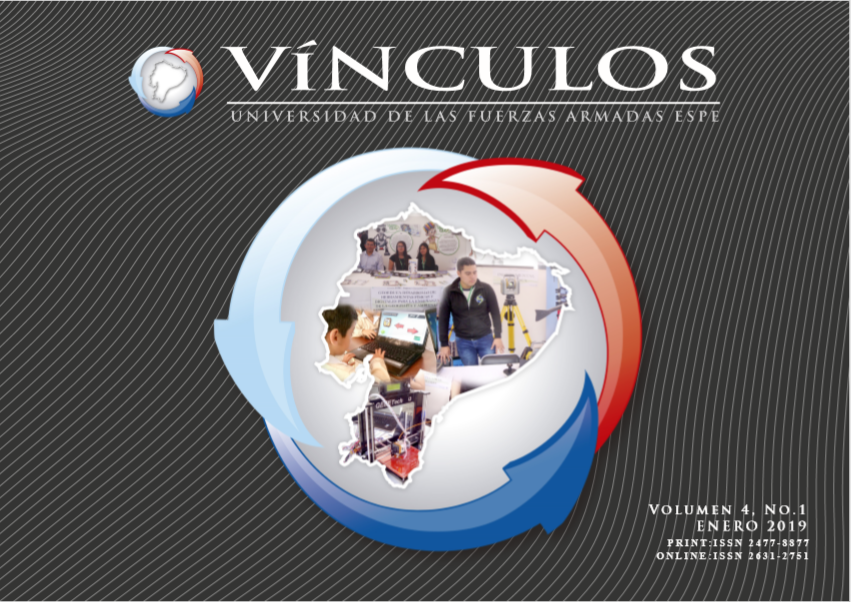Assessing the penetration of bioethanol in the andean community: a review
Contenido principal del artículo
Resumen
The sustainable development agenda of the United Nations aims to ensure affordable energy for all and to diminish greenhouse gas emissions in order to mitigate the effects of climate change. A way to achieve these goals is by the substitution of fossil fuels with biofuels. This study compares three Andean countries: Colombia, Ecuador and Peru, in terms of bioethanol blending mandates current scenario and its sustainability. For this analysis, a review of the state of the art of first and second generation bioethanol in the three countries were developed, including a social network analysis to understand the interactions that have enhanced or delayed the achievement of their blending objectives as countries. So far, Colombia is near to reach its blending target; Ecuador has recorded a bioethanol deficit, estimated at 75%; and regarding Peru, in the last years they have achieved their national target. In addition to blending mandates, the countries appear not to rely on a sustainability policy for the development of first or second generation bioethanol. Furthermore, these Andean countries are planning to increase their blending targets. In order to achieve this, political efforts must be focused on feedstock availability as well as on the development of guidelines related to sustainability and technologies to be applied in their own context.
##plugins.themes.bootstrap3.displayStats.downloads##
Detalles del artículo
Los autores que publican en esta revista están de acuerdo con los siguientes términos:
- Los autores conservan los derechos de autor y garantizan a la revista el derecho de ser la primera publicación del trabajo al igual que licenciado bajo una Creative Commons Attribution License que permite a otros compartir el trabajo con un reconocimiento de la autoría del trabajo y la publicación inicial en esta revista.
- Los autores pueden establecer por separado acuerdos adicionales para la distribución no exclusiva de la versión de la obra publicada en la revista (por ejemplo, situarlo en un repositorio institucional o publicarlo en un libro), con un reconocimiento de su publicación inicial en esta revista.
- Se permite y se anima a los autores a difundir sus trabajos electrónicamente (por ejemplo, en repositorios institucionales o en su propio sitio web) antes y durante el proceso de envío, ya que puede dar lugar a intercambios productivos, así como a una citación más temprana y mayor de los trabajos publicados.

